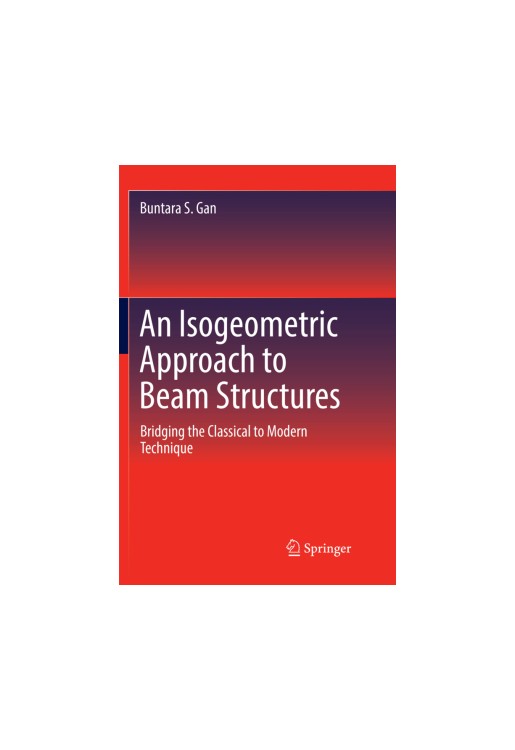This book proposes a novel, original condensation method to beam formulation based on the isogeometric approach to reducing the degrees of freedom to conventional two-node beam elements. In this volume, the author defines the Buntara Condensation Formulation: a unique formulation in condensing the dynamic equilibrium equation for beam structures, suitable for reducing the number of unlimited dynamic equations necessary to yield a classic two-node beam element. Professor Buntara's method overcomes the problem of the isogeometric approach where the number of degrees of freedom is increased along with the complexity of the geometrical beam element and facilitates implementation of the codes into the existing beam structures programs, and CAD geometrical data into the conventional FE beam element codes. The book proposes a new reduction method where the beam element can be treated as under the conventional beam element theory that has only two nodes at both ends.
1. Representation of curves on a plane2. Numerical Integration3. Finite Element Formulation of Beam Elements4. Isogeometric approach to beam element5. Condensation Method6. Straight beam element examples7. Circular curved beam element examples8. General curved beam element examples9. Free curved beam element examplesAppendix A : Straight beam element matricesIndex




